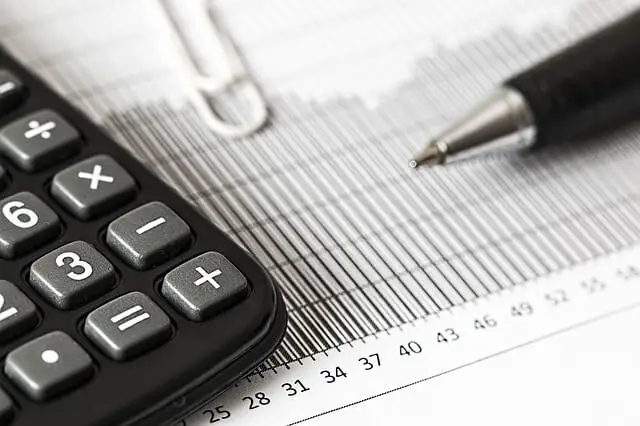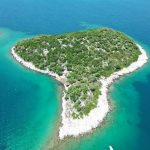The plans determine reforms and public investment projects which each member-country plans to implement with the help of the Recovery and Resilience Facility.
The EC has so far received national plans from 17 member-states.
It now has two months to determine if the plans contribute to efficiently dealing with all or a significant portion of subgroups of challenges identified in relevant recommendations for individual member-countries in the context of the European Semester.
The EC will also determine if at least 37% of the outlays in the plans are intended for climate goals and at least 20% for digital transition.
After a national plan is given a passing grade, the EC sends it to the Council for adoption, for which the Council has four weeks.
The Recovery and Resilience Facility is the key part of the EU’s plan for recovery from the crisis caused by the coronavirus pandemic, called the Next Generation EU. It has at its disposal €672.5 billion for support for investments and reforms in the member-states. Of that amount, €312.5 billion are grants and €360 billion are loans.
Croatia has at its disposal €6.2 billion in grants and 3.6 billion in loans.
Under Croatia’s National Recovery and Resilience Plan, for the time being the country plans to use grants, while a decision as to whether loans, too, will be taken has been left for later.
Croatia’s plan consists of five components and one initiative – green and digital economy; public administration and judiciary; education, science and research; labour market and social protection; and health. The initiative refers to building reconstruction.
The plan also contains measures for improving the business environment, education, research and development and the energy efficiency of buildings as well as for zero-emissions transport and development of renewable energy sources.
For more, follow our business section.











